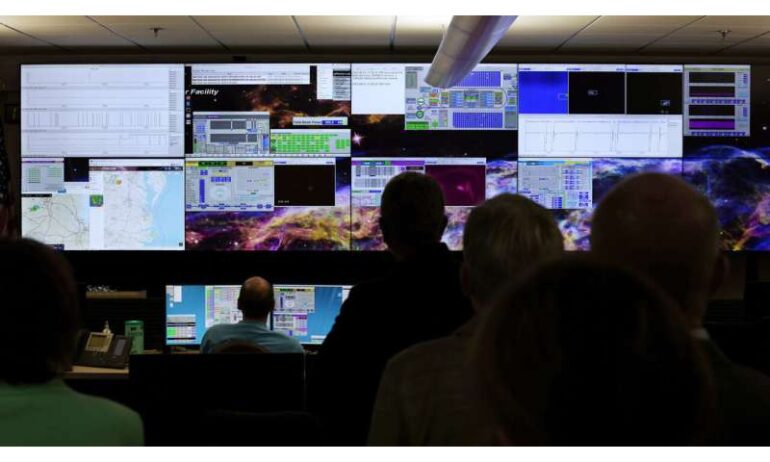TL;DR:
- Chris Tennant leads an initiative to optimize CEBAF’s particle beam tuning using machine learning.
- The project received a $1 million grant from the Department of Energy.
- Previous machine learning success in identifying glitches in CEBAF’s SRF cavities laid the foundation.
- Tennant’s current project utilizes deep learning to fine-tune the accelerator’s injector beamline.
- Complex data is transformed into a two-dimensional visualization for real-time feedback.
- Transparency in AI decision-making is a focus for the team.
- The goal is to deliver a user-friendly software framework for enhanced beam tuning efficiency.
Main AI News:
In the fast-paced world of particle physics, precision and efficiency are paramount. At the U.S. Department of Energy’s Thomas Jefferson National Accelerator Facility, scientists rely on the Continuous Electron Beam Accelerator Facility (CEBAF) to explore the universe at subatomic scales. However, even the slightest deviation in the electron beam’s trajectory can disrupt vital experiments and lead to downtime, a challenge that has plagued accelerator operators for years.
In the pursuit of a solution, Chris Tennant, a staff scientist at Jefferson Lab, embarked on a mission to harness the power of machine learning to streamline CEBAF beam tuning. This initiative, which began in 2021 under Jefferson Lab’s Laboratory Directed Research and Development program, has recently received a significant boost in the form of a $1 million grant from the Department of Energy.
Tennant’s journey into the realm of machine learning started with a different objective: identifying glitches in CEBAF’s superconducting radiofrequency (SRF) cavities. These cavities play a crucial role in powering the electron beam to 12 GeV of energy, and any malfunction can disrupt scientific research. With the support of former Staff Scientist Anna Shabalina, Tennant and his team developed a custom machine learning system that could swiftly detect and categorize these faults.
The success of this initial project laid the foundation for Tennant’s current endeavor, which focuses on fine-tuning CEBAF’s injector beamline using the capabilities of “deep learning.” Collaborating with experts from the University of Virginia led by Assistant Professor Jundong Li and graduate student Song Wang, Tennant has delved into the world of artificial intelligence to revolutionize accelerator physics.
The core concept behind Tennant’s latest proposal involves representing CEBAF’s injector beamline as a complex graph, with nodes corresponding to various components and environmental factors. Leveraging a graph neural network (GNN), this deep learning model transforms complex data into a two-dimensional visualization, providing accelerator operators with immediate feedback on the system’s status. This real-time approach promises to streamline the beam injection process, reducing the reliance on high-fidelity simulations.
As machine learning becomes increasingly integral to high-stakes decision-making, the importance of transparency cannot be overstated. Tennant’s team is also focusing on ensuring that their AI framework remains explainable, allowing human operators to comprehend and trust the system’s decisions.
With this ambitious project, Tennant and his team aspire to deliver a user-friendly software framework that enhances beam tuning efficiency, leading to increased uptime for researchers. In the ever-evolving world of accelerator physics, the integration of deep learning holds the promise of a brighter future, where science can thrive without interruption.
Conclusion:
The application of deep learning in optimizing particle accelerator operations, as demonstrated in the CEBAF project, represents a significant advancement in the field. This technology promises to improve efficiency, reduce downtime, and enhance the reliability of particle accelerators, which will be of great interest to both the scientific community and industries reliant on accelerator-based technologies.

